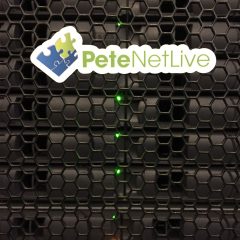Event ID 4107
KB ID 0000304 Problem Event ID 4107 Failed extract of third-party root list from auto update cab at: <Microsoft URL>with error: A required certificate is not within its validity period when verifying against the current system clock or the timestamp in the signed file. There’s a lot of info on this error out there in forums, and 99% of it had nothing to do with my problem. Its basically a certificate error, to get to the...
Error While Attempting to Access a Windows Share
KB ID 0000439 Problem While attempting to connect to a Windows share you receive the error. Windows cannot access {target machine name} Check the spelling of the name. Otherwise there might be a problem with your network. to try to identify and resolve network problems, click diagnose. if you click “Diagnose” you will see the following, Error code: 0x80070035 The network path was not found. Note: You may also find that if...


